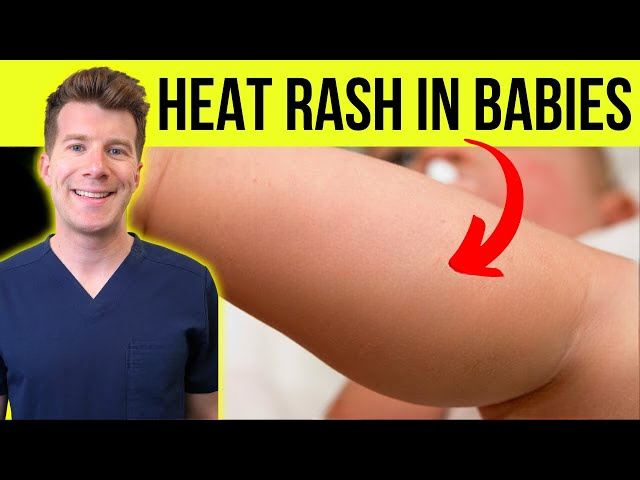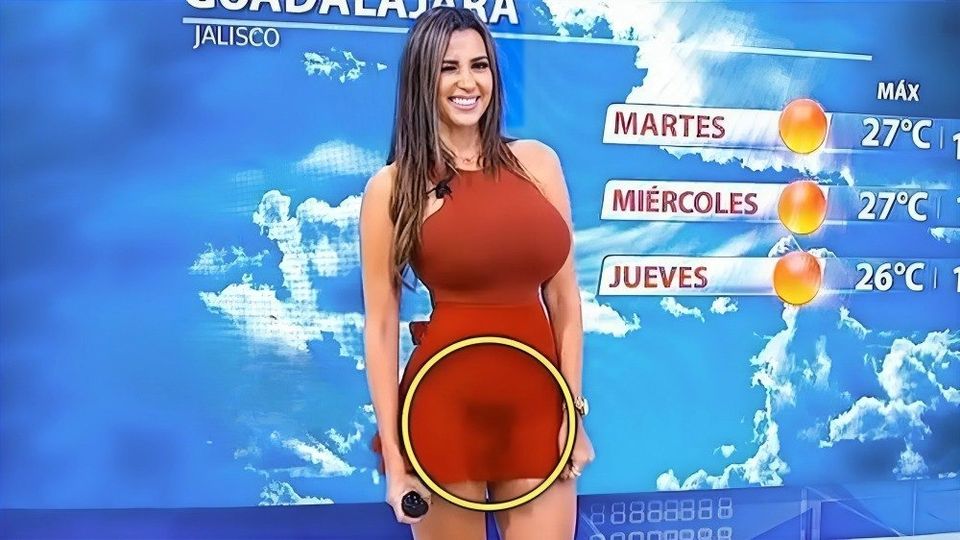As temperatures rise during the summer months, babies are more susceptible to skin irritations caused by heat. One common concern for parents is heat rash, a mild skin condition that occurs when sweat glands become blocked. While it may look concerning, heat rash is typically harmless and can be managed effectively at home.
If you’ve noticed small red bumps or patches on your baby’s neck, back, or thighs after exposure to warm conditions, these may be signs of heat rash, medically called miliaria. Understanding how to identify and care for this condition can help keep your baby cool, comfortable, and healthy.
What Is Heat Rash in Babies?
Heat rash happens when sweat cannot escape through blocked sweat glands, causing irritation and bumps on the skin. Babies are especially prone due to their immature sweat glands, which makes regulating body temperature more challenging.
Heat rash commonly appears in areas where sweat collects, such as the neck, chest, back, skin folds, and diaper area. The rash can take several forms depending on how deep the blockage is in the sweat ducts.
Types of Heat Rash
- Miliaria Crystallina: Small, clear blisters that are usually painless and appear on the upper body.
- Miliaria Rubra: The most frequent type in infants, characterized by red bumps and itching.
- Miliaria Profunda: Less common in babies; firm, flesh-colored bumps from deeper sweat gland blockage.
- Miliaria Pustulosa: A more severe form with pus-filled lesions that may require medical attention.
Causes of Heat Rash in Infants
Heat rash can develop due to several factors, including:
- Warm or humid environments causing excessive sweating
- Wearing tight or non-breathable clothing
- Over-swaddling or heavy blankets
- Limited airflow when placed in car seats or carriers for long periods
- Fever or illness increasing sweating
- Skin-to-skin contact in hot conditions
Recognizing Heat Rash
Look for:
- Small red or pink bumps on the neck, chest, or folds of skin
- Clear or fluid-filled blisters in mild cases
- Rash appearing in areas covered by tight clothing
- Signs of discomfort such as increased fussiness or trouble sleeping
Home Care Tips for Heat Rash
Most heat rashes improve within a few days with simple care:
- Keep your baby in a cool, ventilated space. Avoid hot or stuffy environments.
- Dress them in loose, breathable clothing made from natural fabrics like cotton.
- Avoid thick creams or ointments that can block pores; use gentle, pediatrician-approved lotions if needed.
- Bathe with lukewarm water and mild soap, then pat skin dry gently.
- Allow diaper-free time to reduce moisture buildup.
- Apply cool, damp cloths to soothe irritated skin.
When to Consult a Doctor
Seek medical advice if:
- The rash doesn’t improve after several days
- Blisters become infected or ooze
- Your baby develops a fever or unusual lethargy
- The rash spreads or worsens significantly
Preventing Heat Rash
To reduce the risk:
- Maintain a comfortable room temperature around 68–72°F (20–22°C)
- Use fans or open windows for airflow (avoid direct airflow to newborns)
- Avoid overdressing and limit exposure during peak heat hours
- Choose light bedding and breathable clothing
- Change sweaty clothes promptly and keep skin dry
- Use breathable swaddling blankets and take breaks from carriers
Common Misconceptions
- Heat rash is not an allergy but caused by trapped sweat.
- It can affect all ages, not just babies.
- Avoid powders or oils, which may worsen the rash.
- Use lukewarm, not cold, water for bathing.
Conclusion
Heat rash is a common, manageable condition that can be prevented and treated with simple care. Keeping your baby cool and comfortable during warm weather will help maintain healthy skin and overall well-being. If you have any concerns, consulting your pediatrician is always the best choice.



